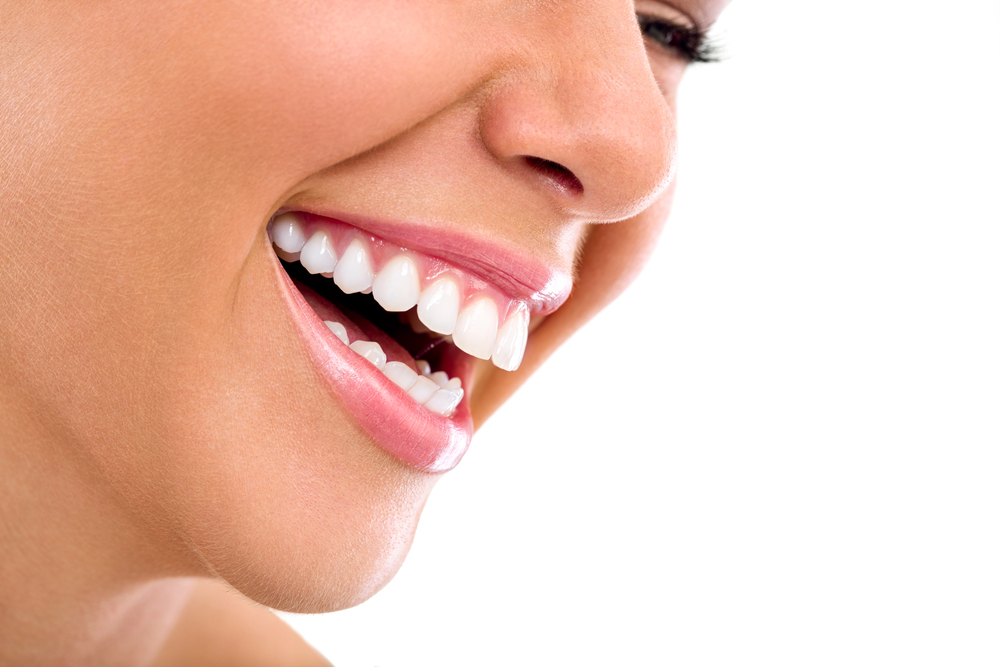Modern cosmetic dentistry has evolved significantly over the years, offering patients a variety of options to achieve the perfect smile. Among the most popular and effective treatments are braces and veneers. While both aim to enhance dental aesthetics, they work in different ways and serve distinct purposes. This article delves into the role of braces and veneers, focusing on the specific types of porcelain veneers and ceramic braces, and how they contribute to the field of cosmetic dentistry. The Evolution of Cosmetic dentistry has come a long way from its early days of rudimentary teeth whitening and simple crowns. Today, it encompasses a broad spectrum of procedures designed to improve the appearance of the teeth, gums, and overall smile. Advances in materials and techniques have made it possible for dentists to offer more personalized and effective treatments. Among these, braces and veneers stand out as two of the most transformative options available.
The Role of Veneers in Cosmetic Dentistry
Veneers are another powerful tool in the cosmetic dentist’s arsenal. Unlike braces, which work by physically moving the teeth, veneers enhance the appearance of the teeth by covering them with a thin, custom-made shell. Veneers are often used to address issues such as discoloration, chipped or worn teeth, and minor alignment problems.
Porcelain Veneers: The Gold Standard
Among the various types of veneers available, porcelain veneers are considered the gold standard in cosmetic dentistry. Porcelain is a highly durable material that closely mimics the natural translucency of tooth enamel, making it ideal for creating a natural-looking smile. Porcelain veneers are custom-crafted for each patient, ensuring a perfect fit and a personalized aesthetic outcome.
The process of getting porcelain veneers typically involves two visits to the dentist. During the first visit, the dentist will prepare the teeth by removing a small amount of enamel to make room for the veneers. Impressions of the teeth are then taken and sent to a dental lab where the veneers are fabricated. On the second visit, the veneers are bonded to the teeth using a special adhesive, resulting in an instant transformation of the smile.
Porcelain veneers are highly versatile and can be used to address a wide range of cosmetic concerns. They are particularly effective for patients who have teeth that are resistant to whitening treatments or who have minor alignment issues that do not require braces. Because they are custom-made, porcelain veneers can also be tailored to match the color, shape, and size of the surrounding teeth, ensuring a seamless and natural appearance.
Understanding Braces in Cosmetic Dentistry
Braces are traditionally associated with orthodontics, the branch of dentistry concerned with correcting the alignment of teeth and jaws. However, in modern cosmetic dentistry, braces also play a crucial role in enhancing the appearance of the smile. Braces can address a wide range of issues, including overcrowding, gaps, overbites, underbites, and crooked teeth. By gradually shifting the teeth into their correct positions, braces not only improve dental function but also significantly enhance aesthetics.
Ceramic Braces: A Discreet Option
One of the major advancements in orthodontic treatment is the development of ceramic braces. Unlike traditional metal braces, ceramic braces are made from a clear or tooth-colored material, making them much less noticeable. This aesthetic advantage has made ceramic braces a popular choice among adults and teenagers who are concerned about the appearance of metal braces.
Ceramic braces function similarly to traditional braces, using brackets and wires to apply gentle pressure to the teeth, gradually moving them into the desired position. The key difference lies in the material used for the brackets. Ceramic brackets blend in with the natural color of the teeth, providing a more discreet option for patients seeking orthodontic treatment without the conspicuousness of metal braces.
Ceramic braces offer the same effectiveness as metal braces, making them a viable option for patients with various orthodontic issues. While they may be slightly more fragile and require more care to avoid staining, their aesthetic benefits often outweigh these considerations. For patients looking for a balance between function and appearance, ceramic braces offer an excellent solution.
Combining Braces and Veneers for Optimal Results
In many cases, braces and veneers can be used in conjunction to achieve the best possible results. For example, a patient with severely misaligned teeth might first undergo orthodontic treatment with ceramic braces to correct the alignment. Once the teeth are properly aligned, porcelain veneers can be applied to perfect the shape, size, and color of the teeth, creating a flawless smile.
This combination approach allows cosmetic dentists to address both functional and aesthetic concerns comprehensively. Braces can correct underlying structural issues, while veneers can provide the finishing touches that enhance the overall appearance of the smile. The result is a smile that not only looks beautiful but also functions properly, contributing to long-term oral health.
Braces and veneers each play a vital role in modern cosmetic dentistry, offering patients the opportunity to achieve their ideal smile. Ceramic braces provide an effective and discreet way to correct alignment issues, while porcelain veneers offer a versatile solution for enhancing the appearance of the teeth. Together, these treatments can be tailored to meet the unique needs of each patient, delivering results that are both functional and aesthetically pleasing. As cosmetic dentistry continues to evolve, the combination of braces and veneers will remain a cornerstone of creating beautiful, healthy smiles.

